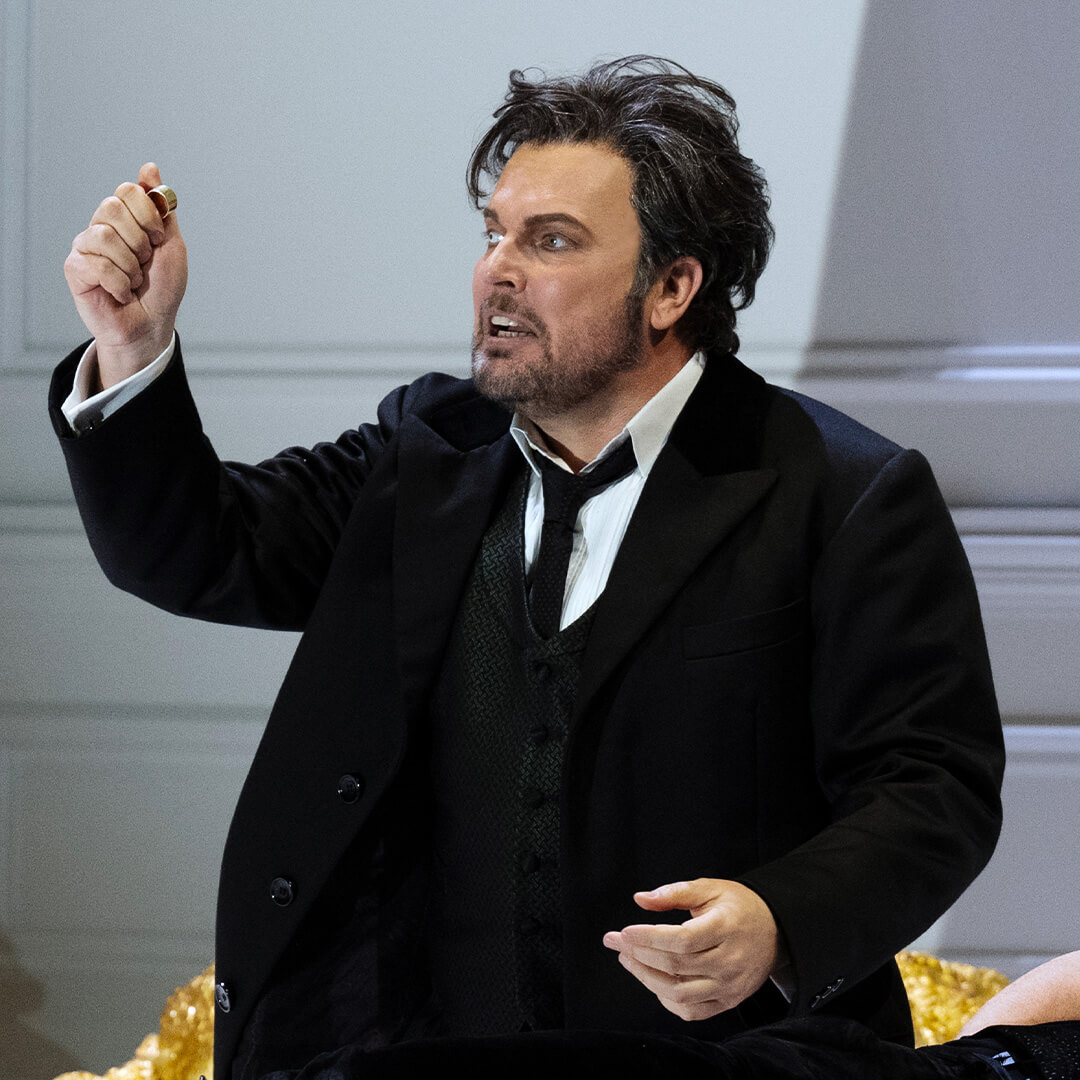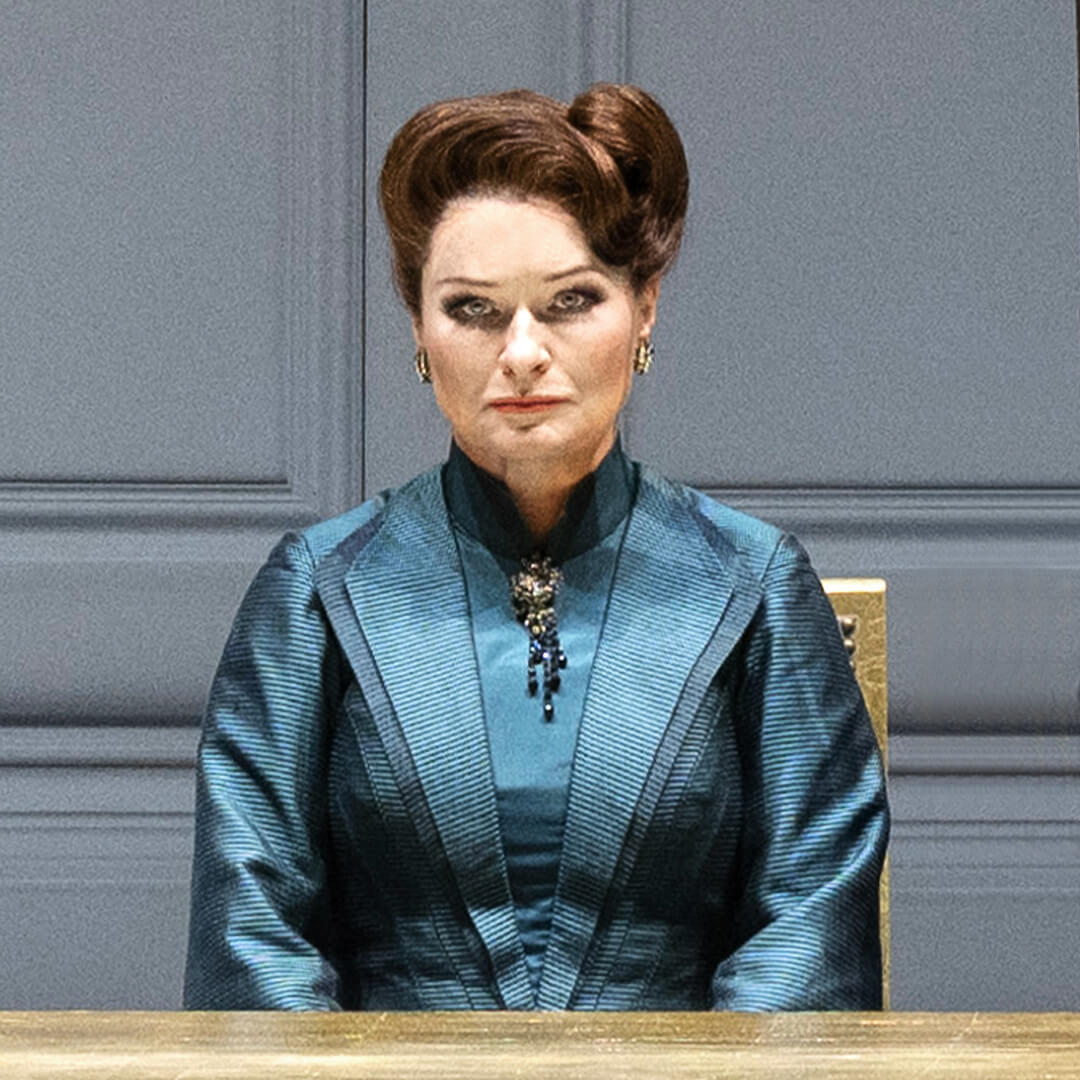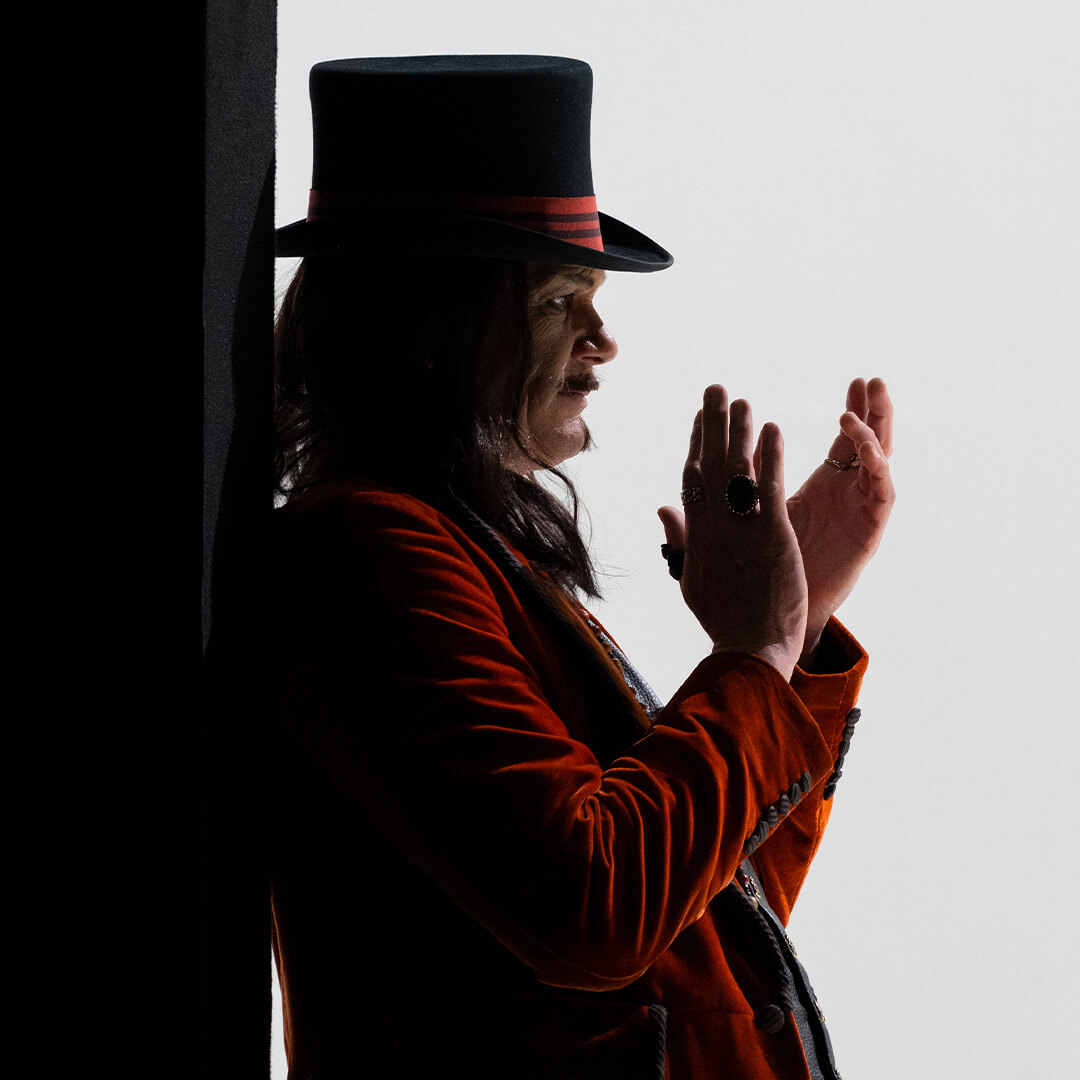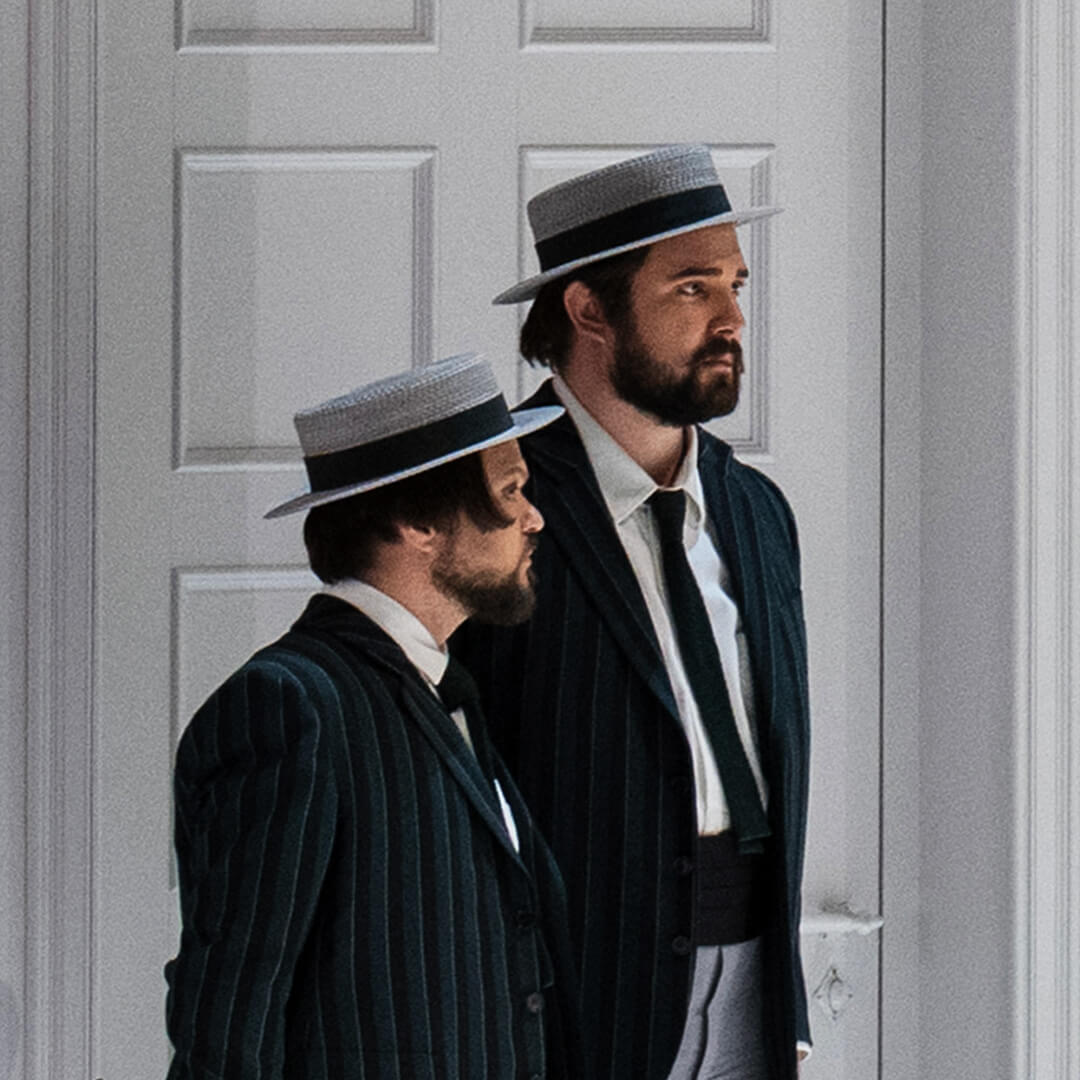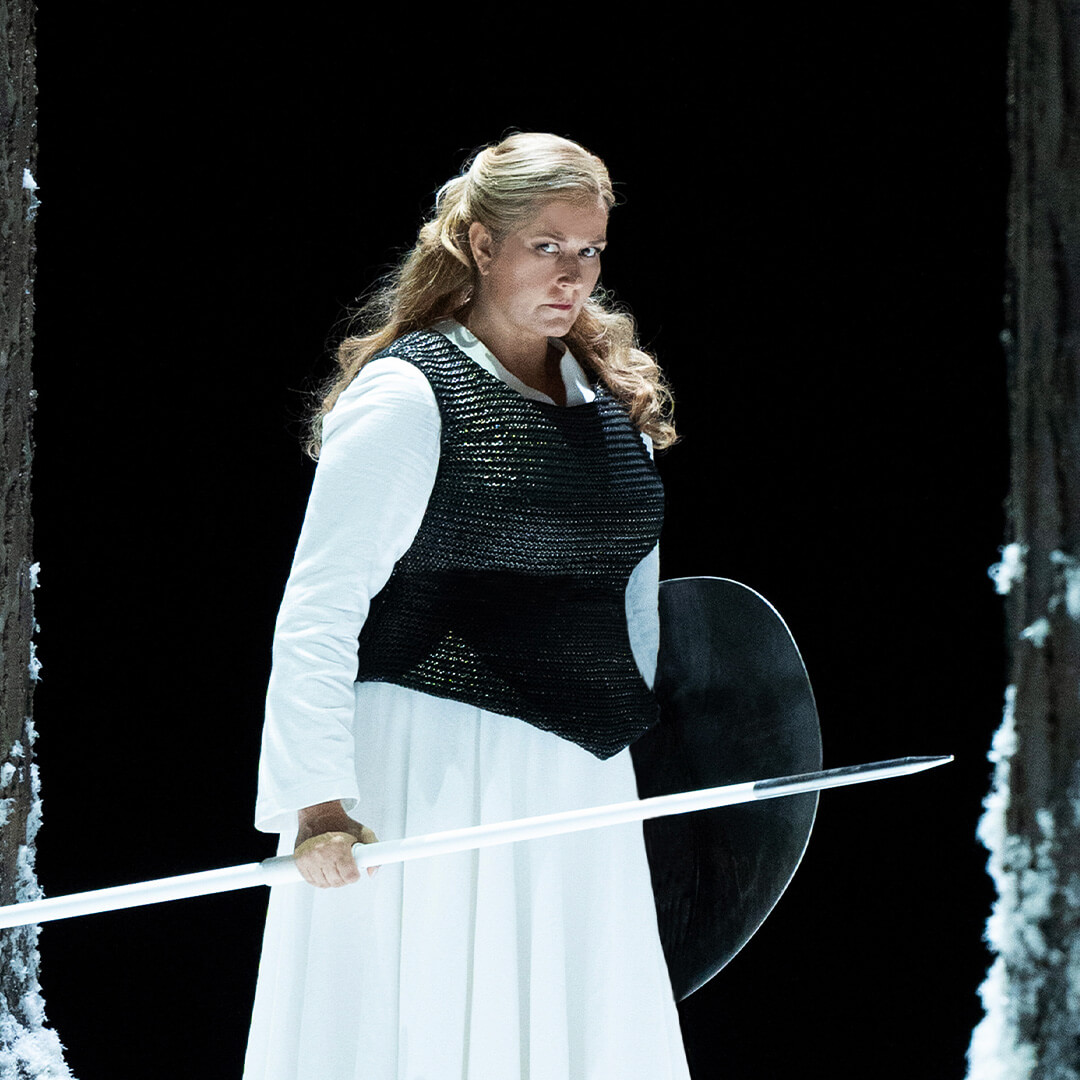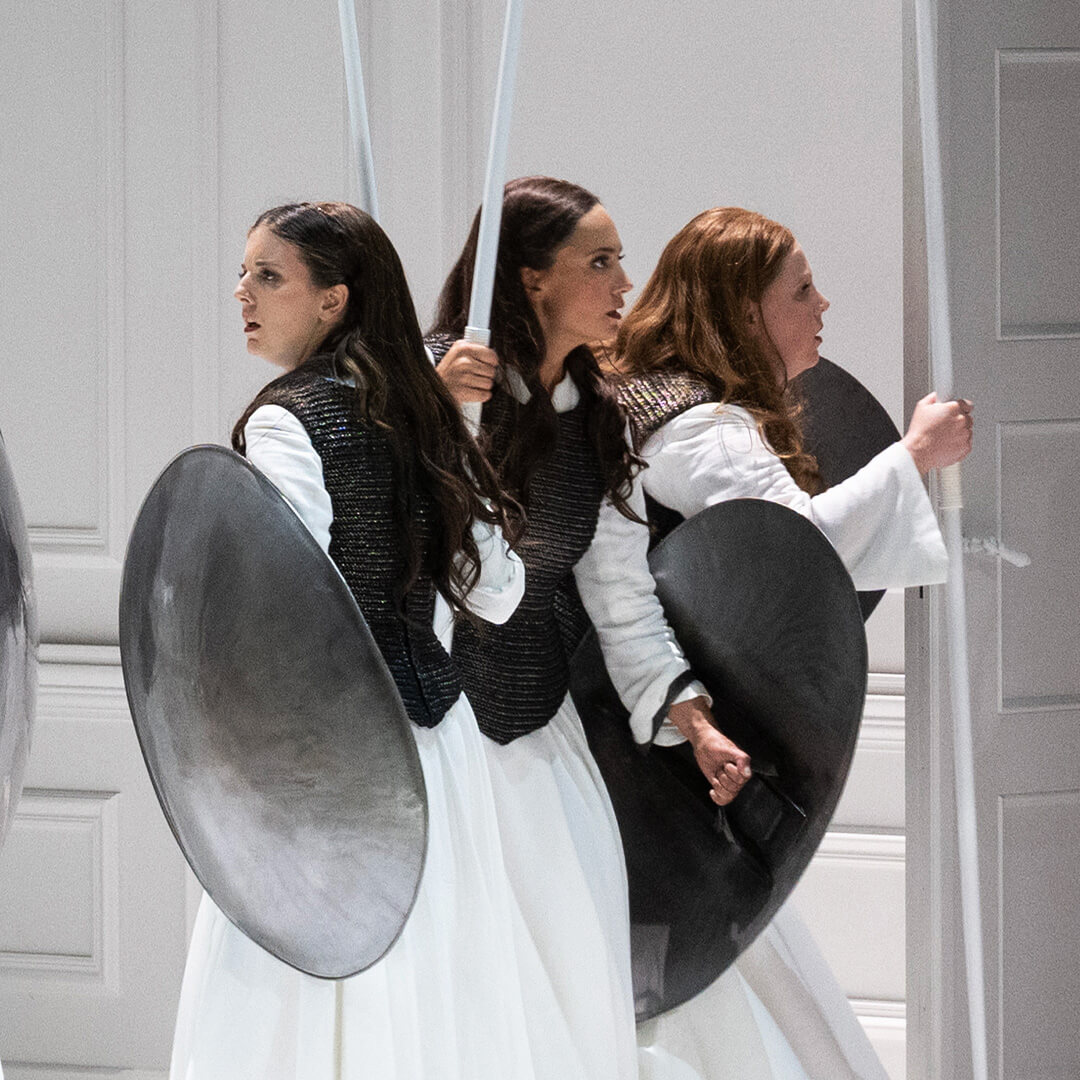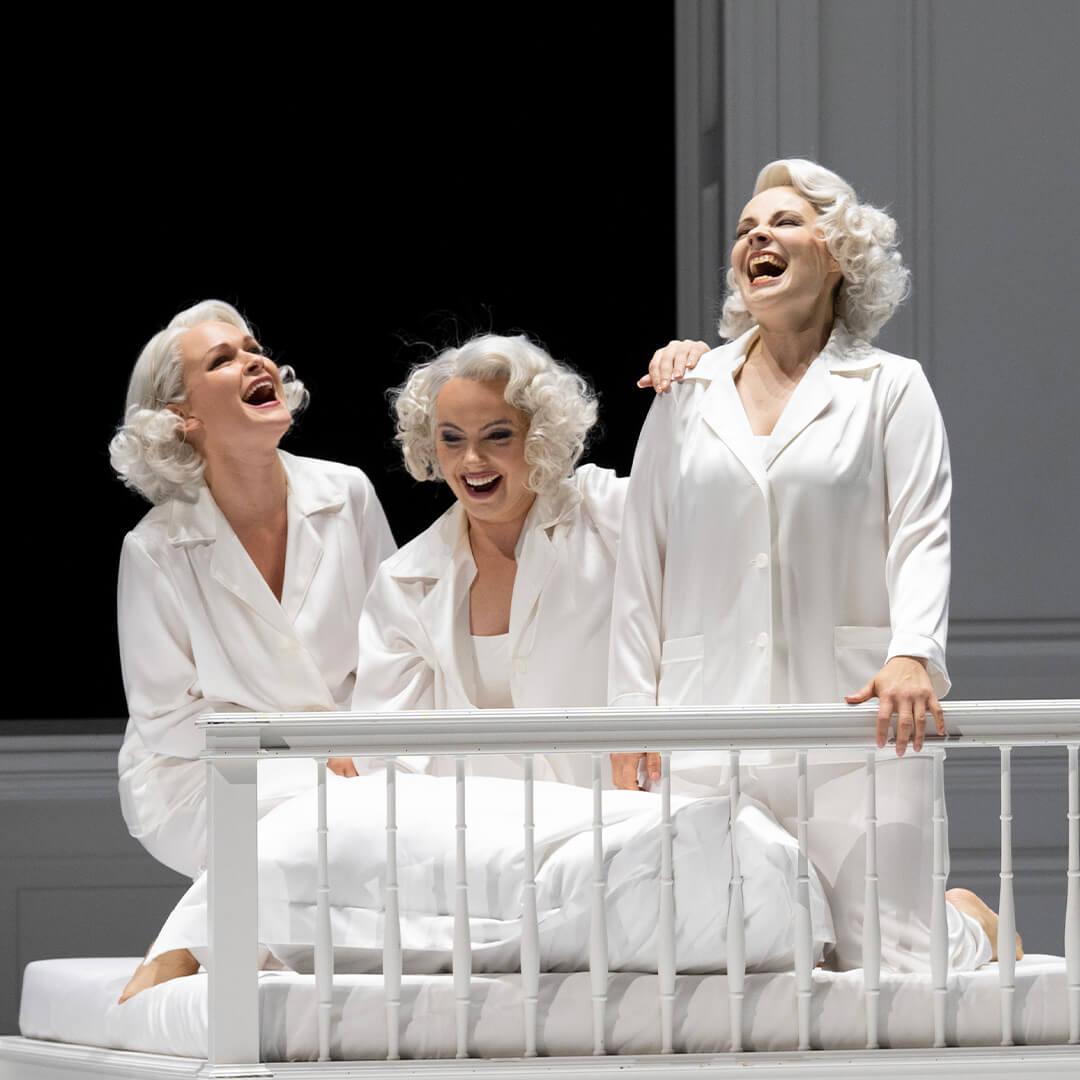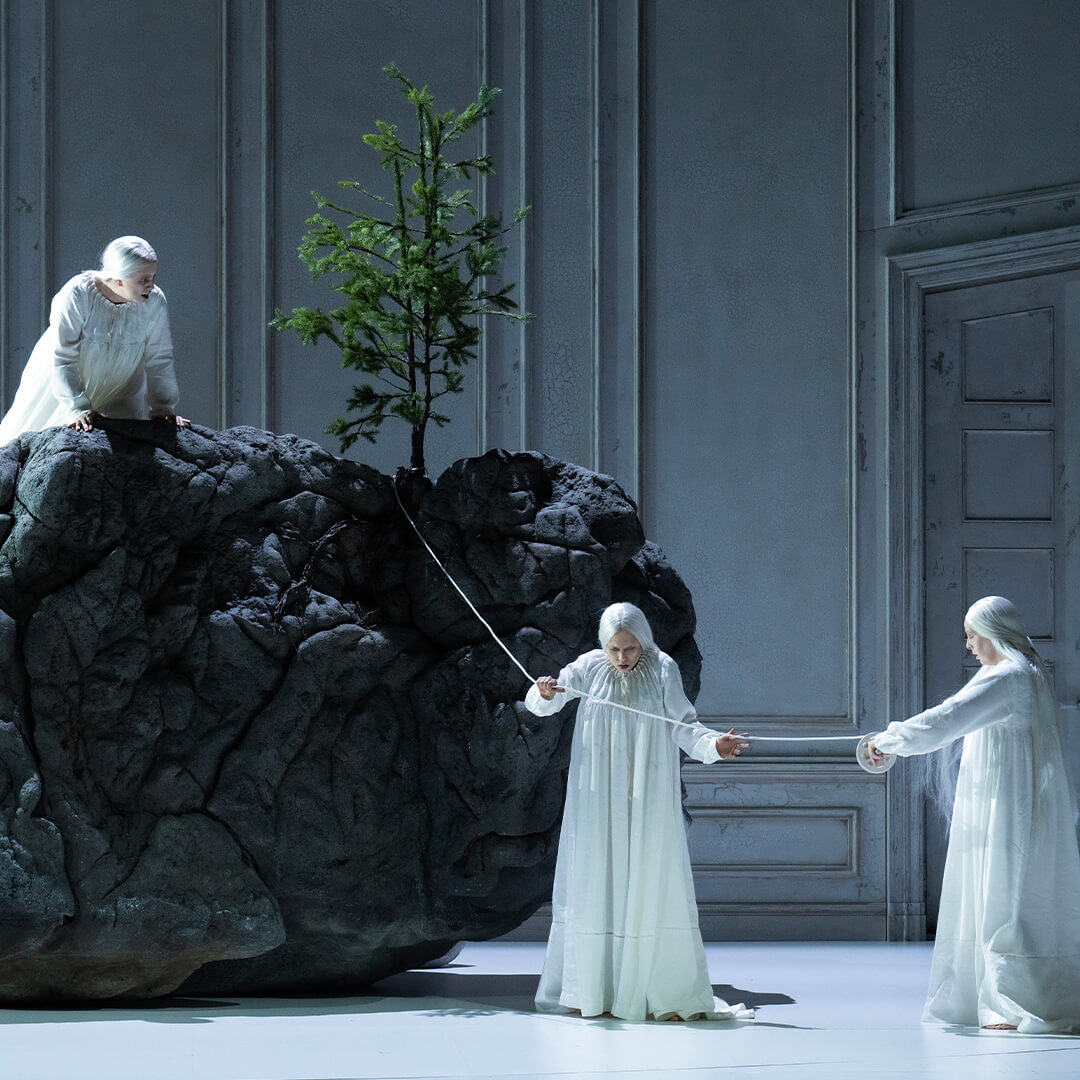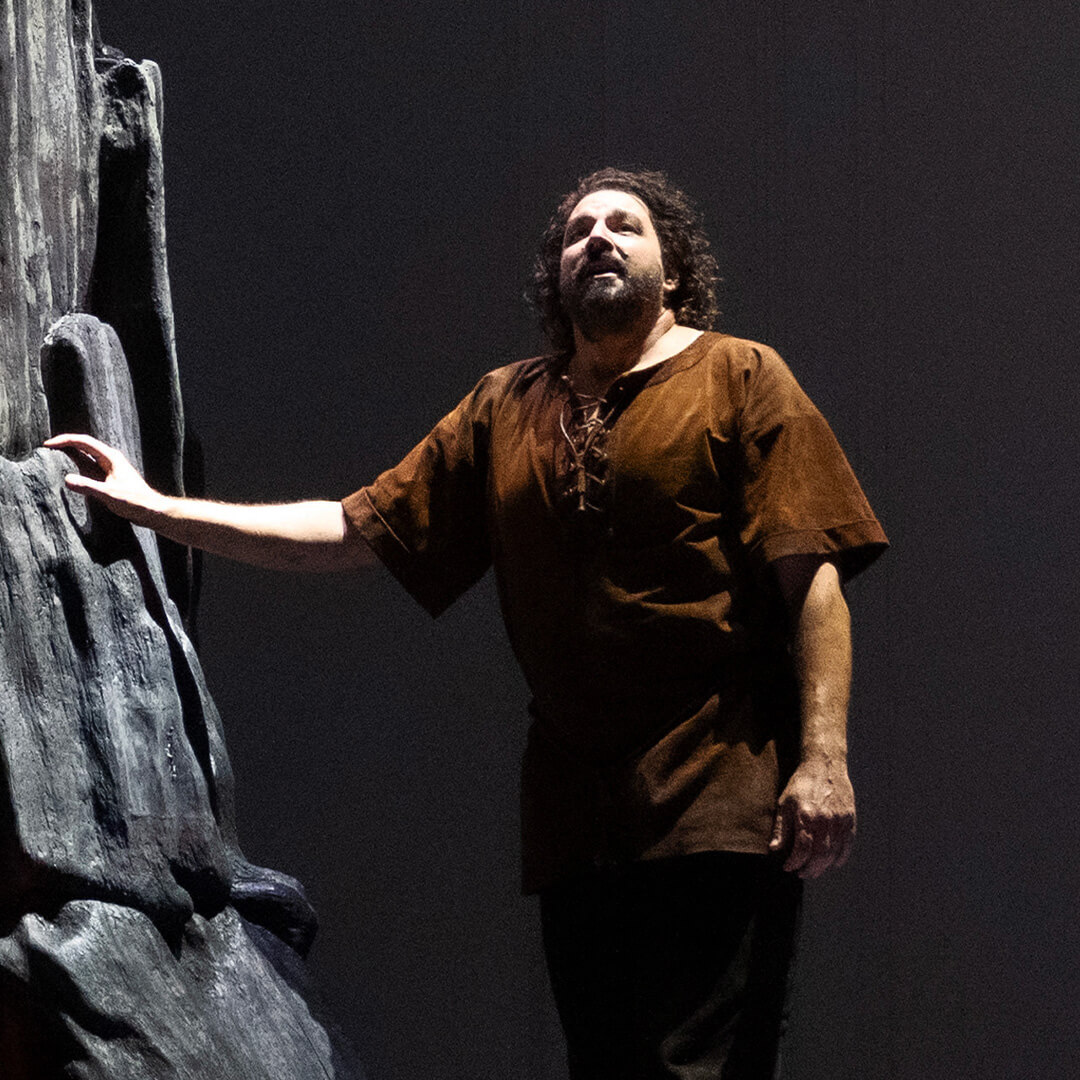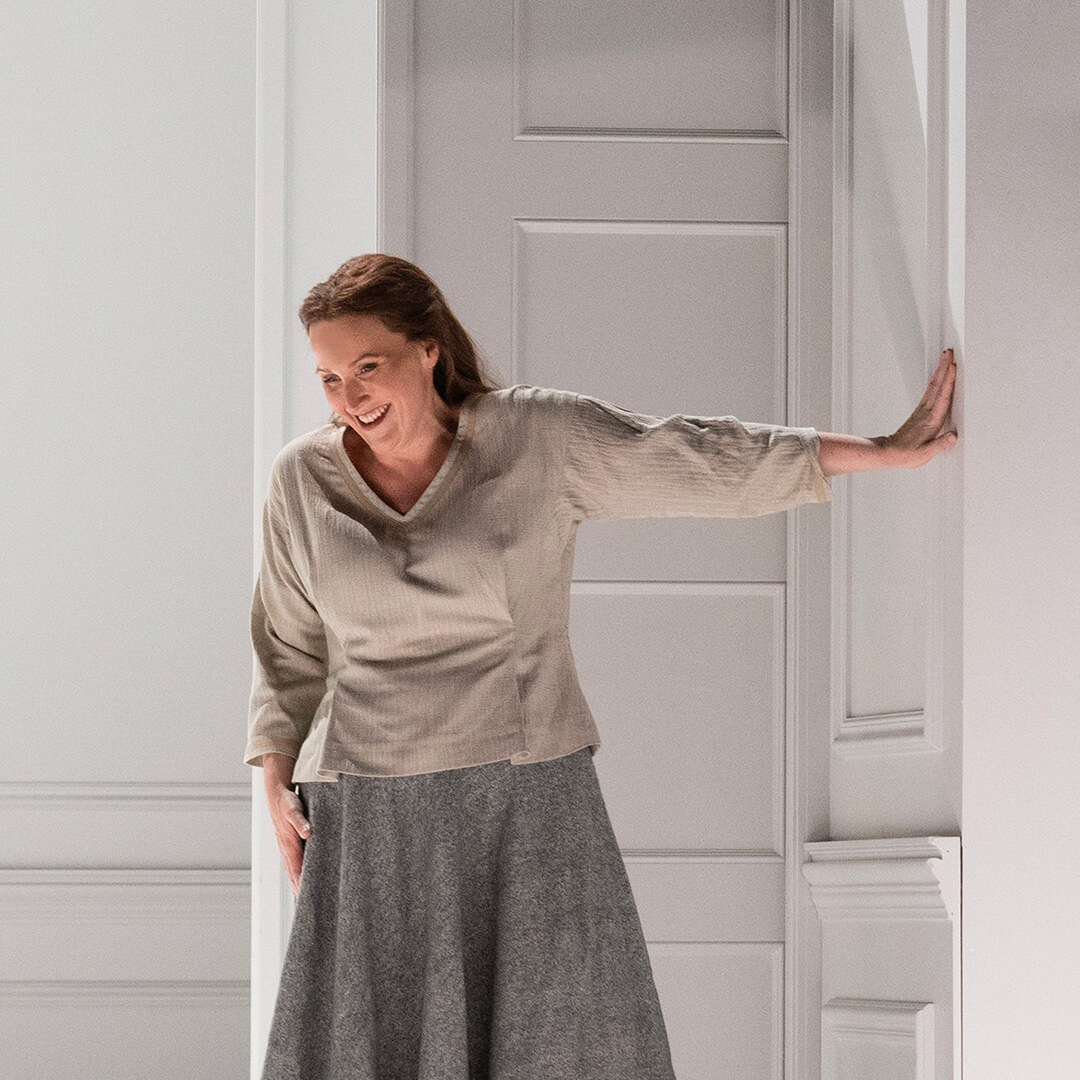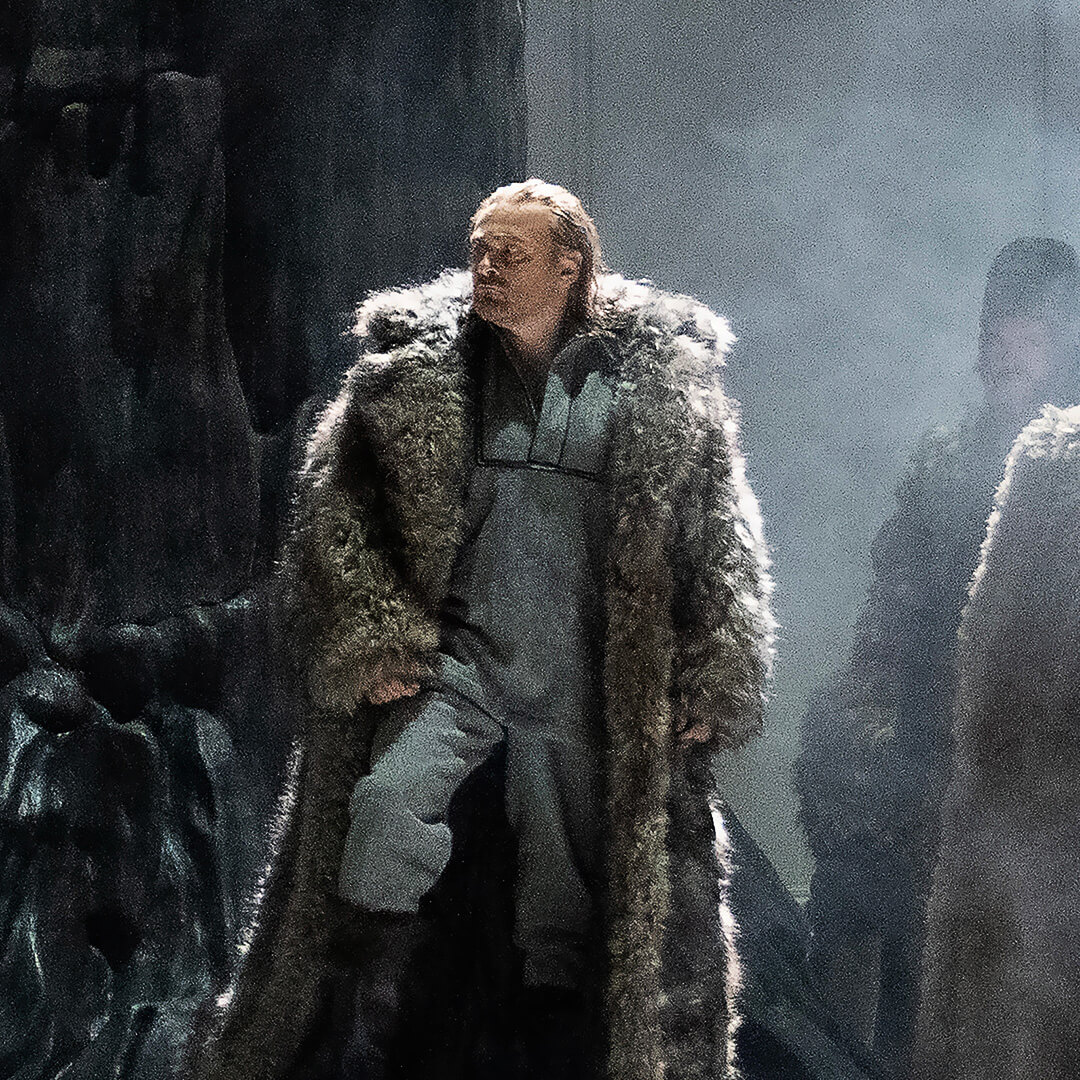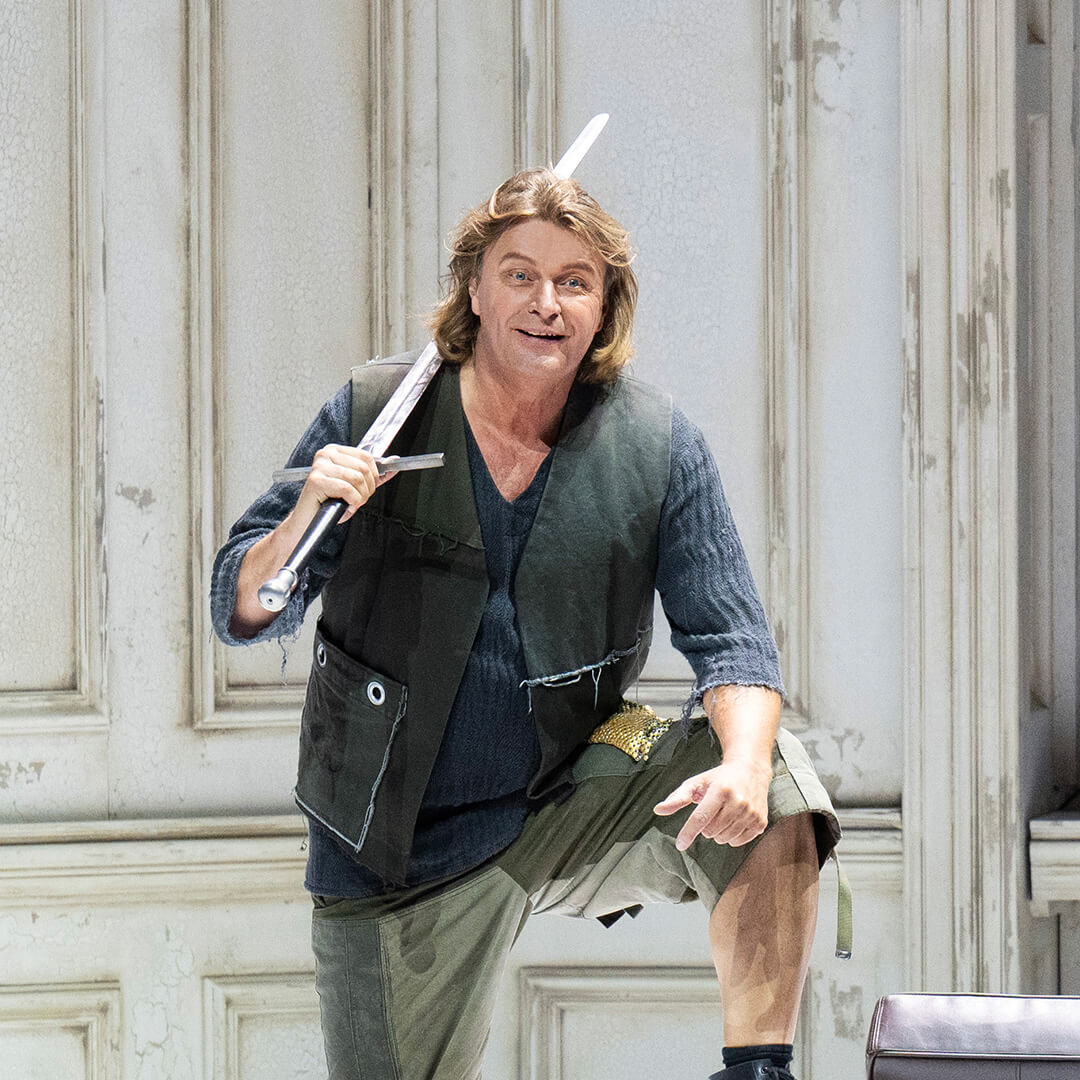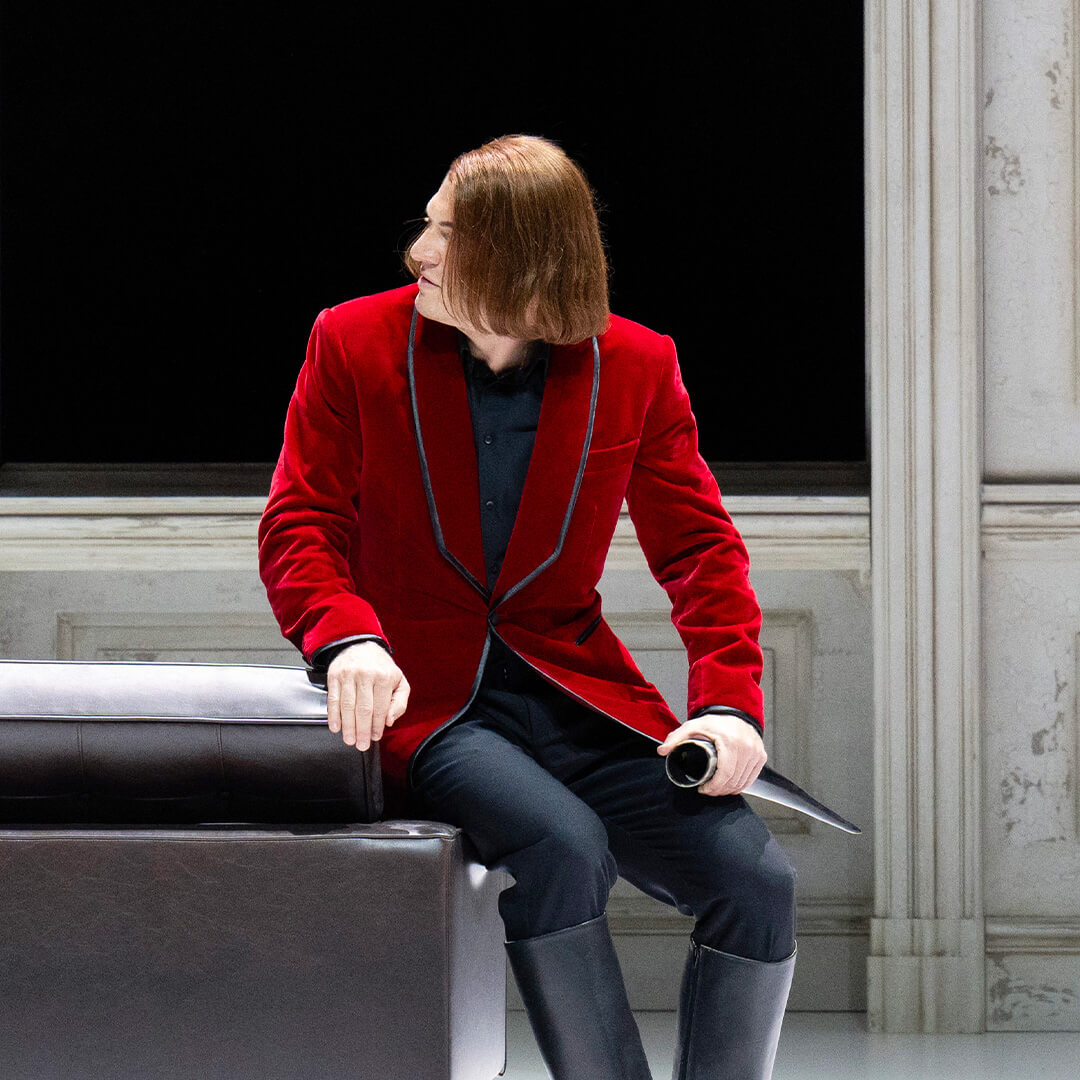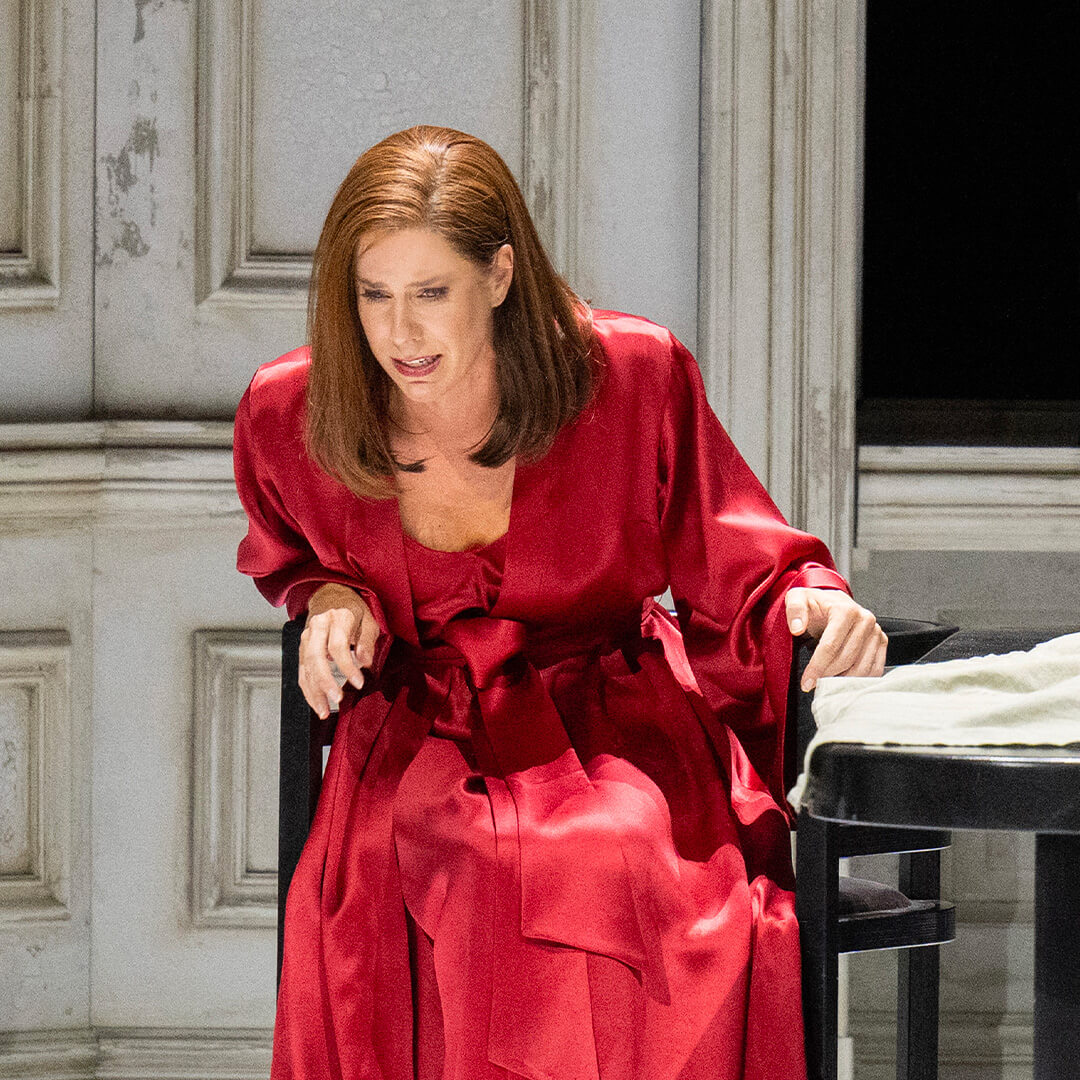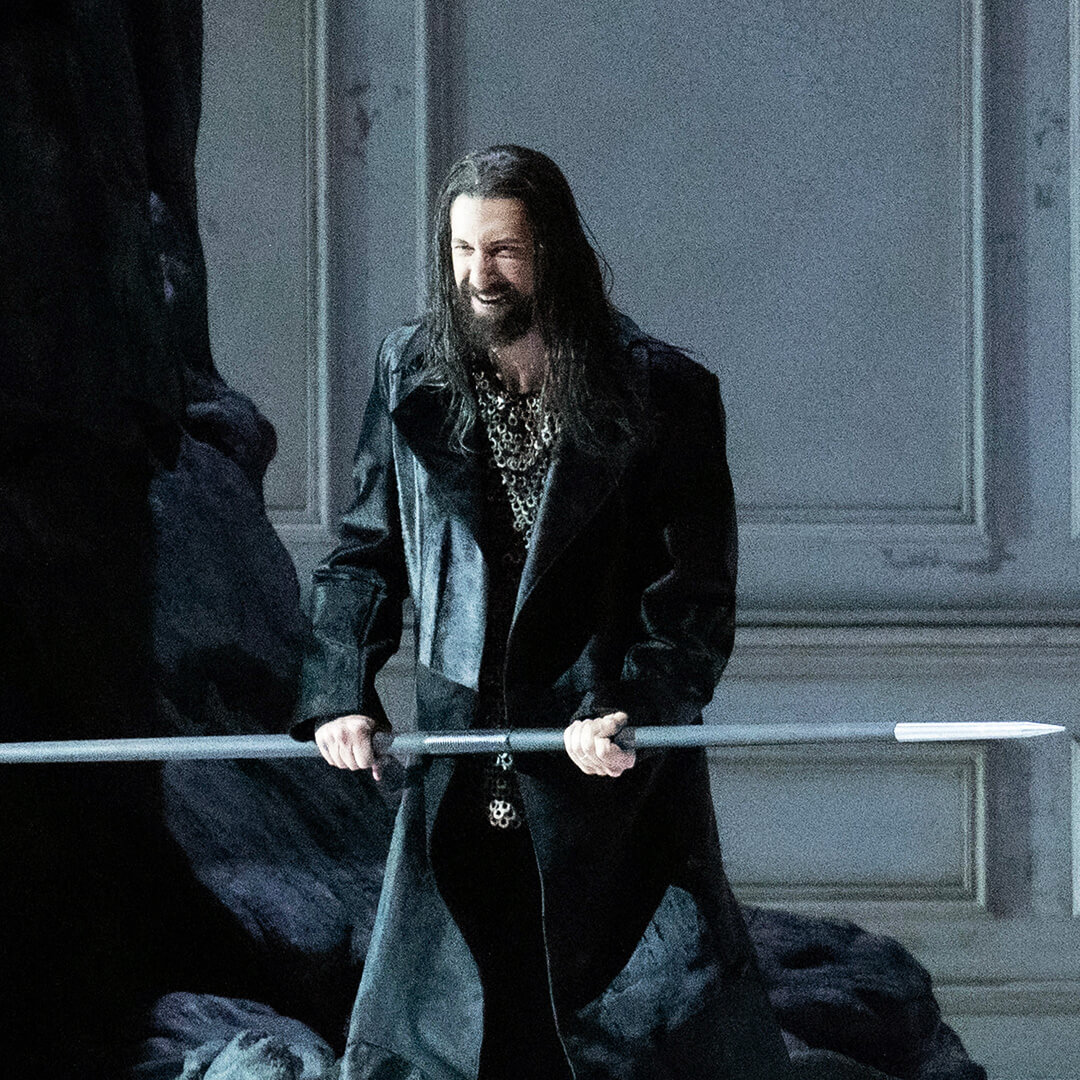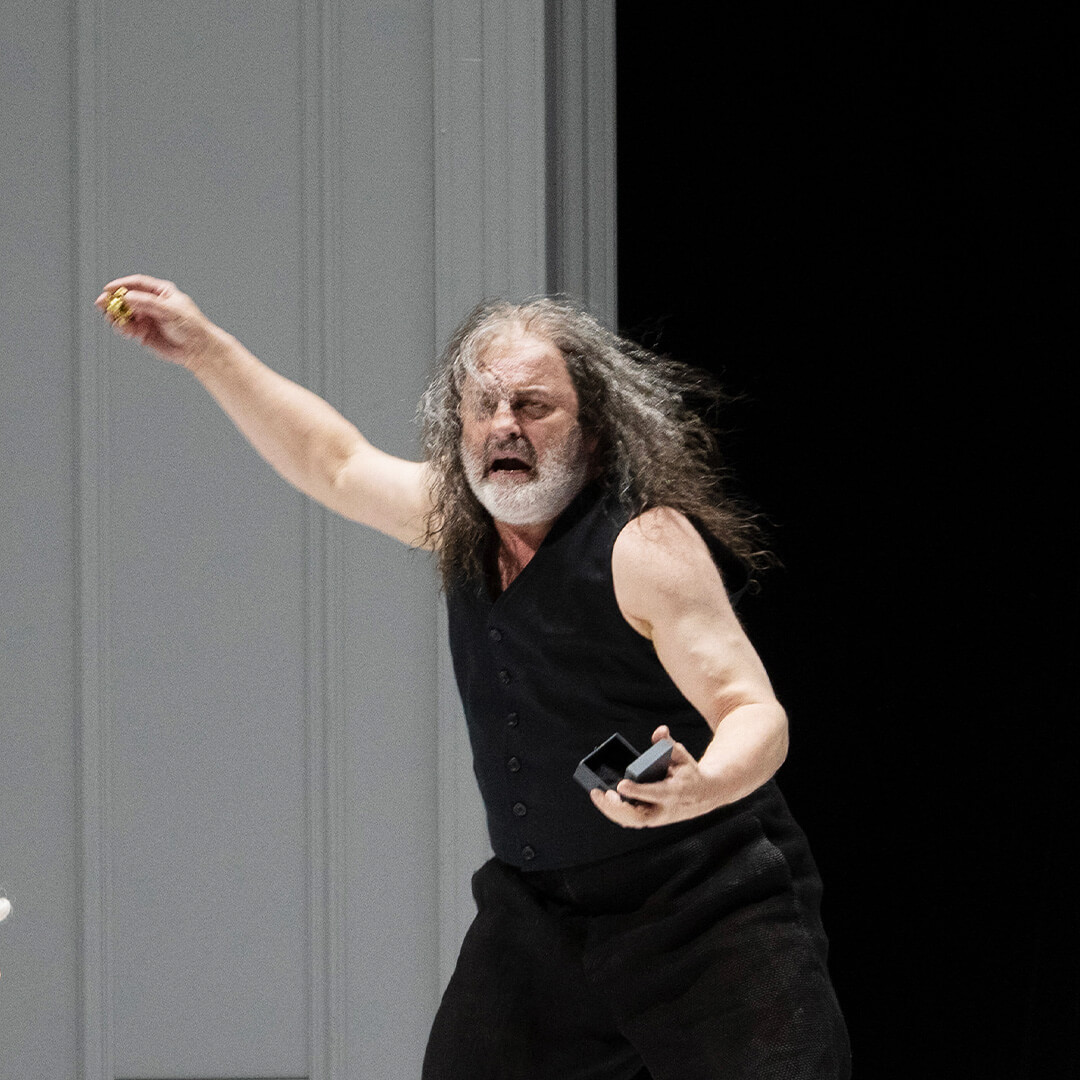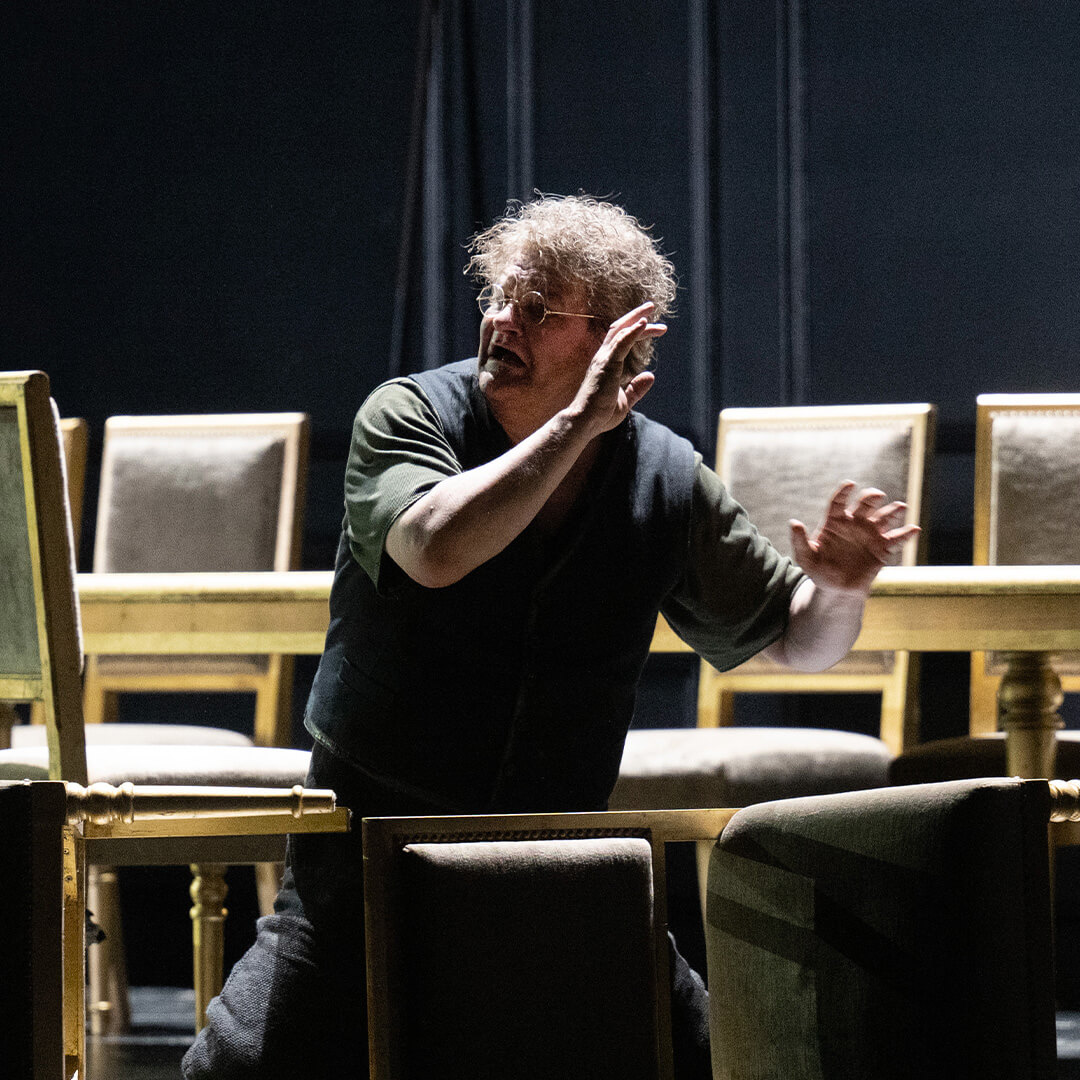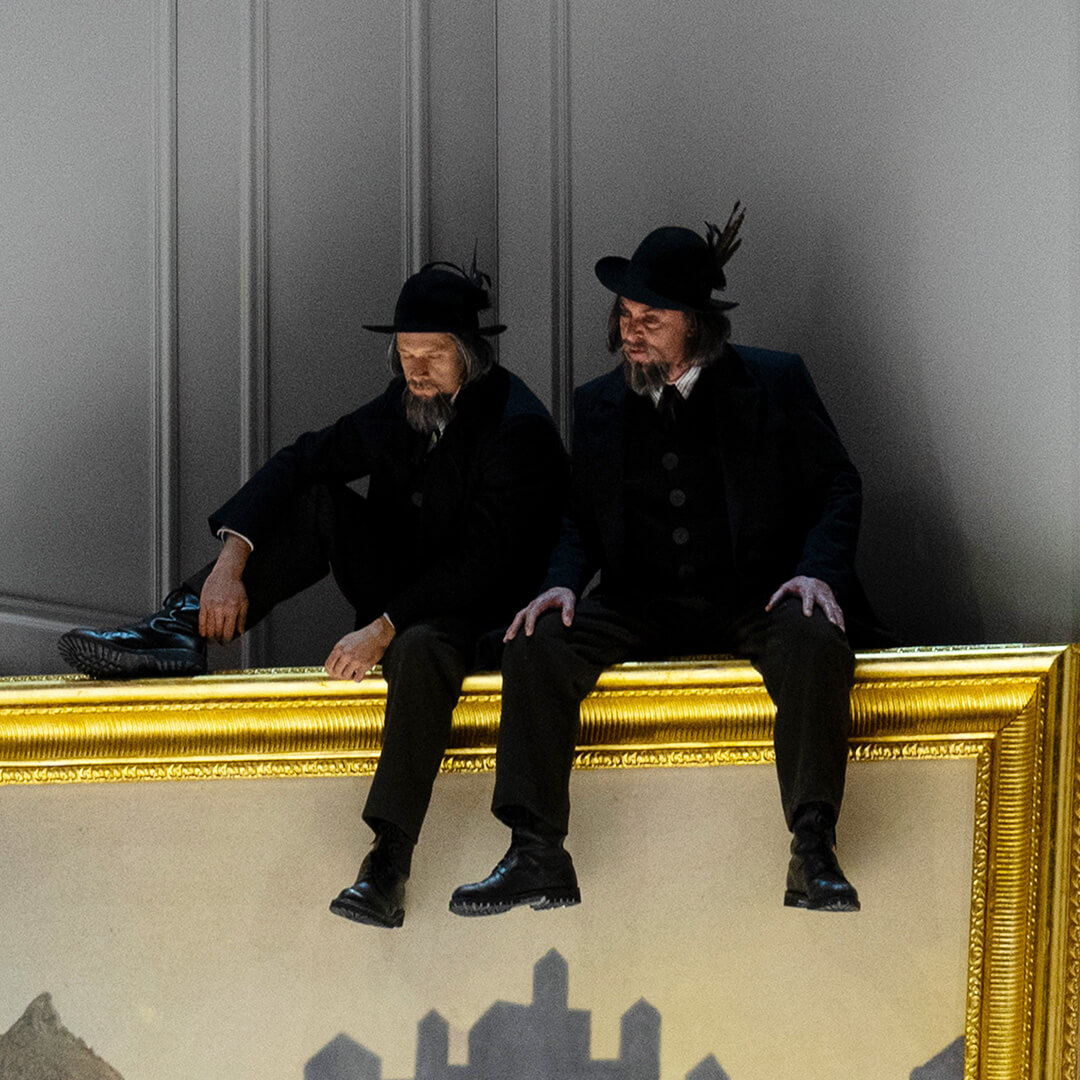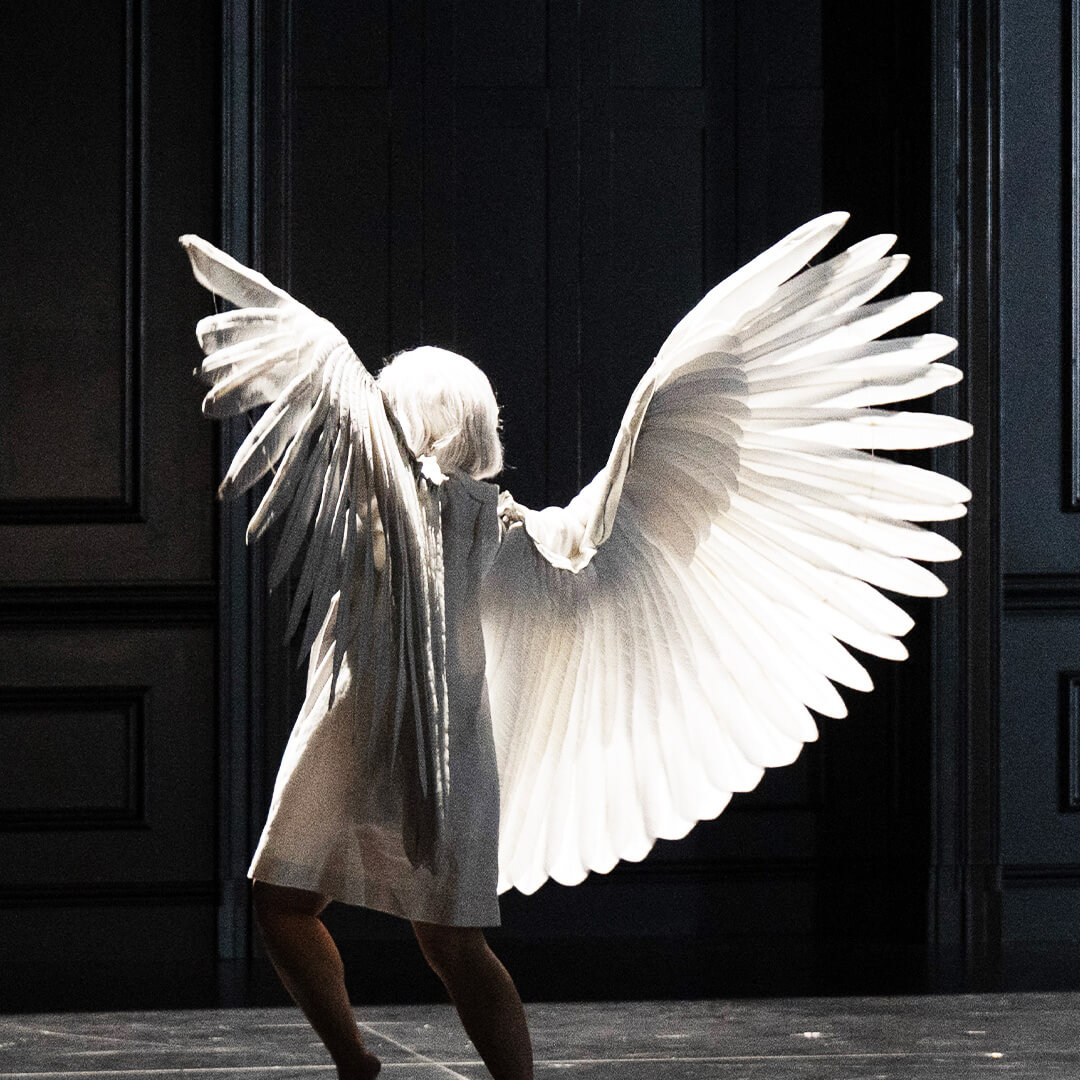Wagner’s complete Ring Cycle
Experience the epic four-part saga just as the composer intended: live in its entirety!
A once-in-a-lifetime event at the Zurich Opera House, lauded as "dramatic music-making at its finest" (Bachtrack)
Discover Wagner's grand operatic universe and epic four-part saga...
I. Das Rheingold (“The Rhinegold”)
Wagner's Der Ring des Nibelungen draws inspiration from Norse mythology and Germanic legend. With this original cycle, he crafted a grand operatic universe filled with extraordinary tales about a powerful, cursed ring and its role in the conflict between gods and mortals. What exactly is a nibelung? Think of Gollum in The Lord of the Rings and you’re not far off! Both Wagner and Tolkien were inspired by similar sources and both their stories narrate the discovery of a coveted treasure that inevitably brings doom upon its bearer. In Das Rheingold, the first opera in the series, Wagner reveals how the evil creature Alberich steals gold from the Rhine and forges a powerful ring which he curses, inflicting eternal misfortune upon all who possess it. This ring is later taken by Wotan, king of the gods, thus setting in motion the turbulent journey of The Ring of the Nibelungen and its carriers...
II. Die Walküre (“The Valkyrie”)
Die Walküre, the second opera in the cycle, includes one of the most iconic moments in all of classical music: the Ride of the Valkyries! The amazing warriors—and sisters!—who ride courageously into battle are led by Brünnhilde, Wotan's favorite daughter, who faces punishment for helping two young lovers in defying ancient rules and sacred laws to be together. Angering the gods, she is condemned to sleep surrounded by a ring of eternal fire until a true hero “who knows no fear” arrives to awaken her…
III. Siegfried
The third opera in the set, in Siegfried the narrative picks up several years after the events in Die Walküre. The titular Siegfried (son of the couple Brünnhilde assisted earlier in the cycle) is now being trained by his foster father Mime (another nibelung, brother of Alberich, who sets the entire narrative in motion) to retrieve the ring from its current guardian: a dragon. Siegfried succeeds in his quest and, using the powers of the ring, learns about Brünnhilde’s enchanted sleep atop a mountain. He finds her and it’s love at first sight: with a kiss, Siegfried awakens his future bride...
IV. Götterdämmerung (“The Twilight of the Gods”)
Following the events in Siegfried, siblings Gunther and Gutrune (heirs of a great kingdom) learn about Brünnhilde’s nobility and Siegfried’s heroism, and devise a plan to make them their respective partners. Siegfried, seeking new adventures, arrives near the palace and is warmly welcomed. After drinking a magic potion, he forgets about Brünnhilde and falls in love with Gutrune. To marry Gutrune, Siegfried must first secure Brünnhilde (still guarded by the eternal fire and possessing the ring as a token of his love) for Gunther. Disguising himself, he succeeds in bringing Brünnhilde to Gunther. At the double wedding, Brünnhilde recognises Siegfried and reveals their former relationship. To preserve his honor, Gunther kills him. Brünnhilde learns about the potion and forgives Siegfried. She returns the ring to the Rhine and this action lifts its curse, bringing an end to the era of the gods and their power forever. In the concluding scene of the opera, Brünnhilde leaps on Siegfried’s funeral pyre, joining him in the flames of love and death.
The characters
Meet the heroes, gods, and villains of Wagner’s epic Ring cycle
The Gods
The Demigods
The Mortals
Other Creatures
A closer look at the music of the Ring
An egomaniac? A genius? Just an uncommonly ambitious artist? As well as writing the full text of each libretto for the four operas in his Ring cycle, Wagner outdid himself as a composer when crafting its sublime music. Here’s how:
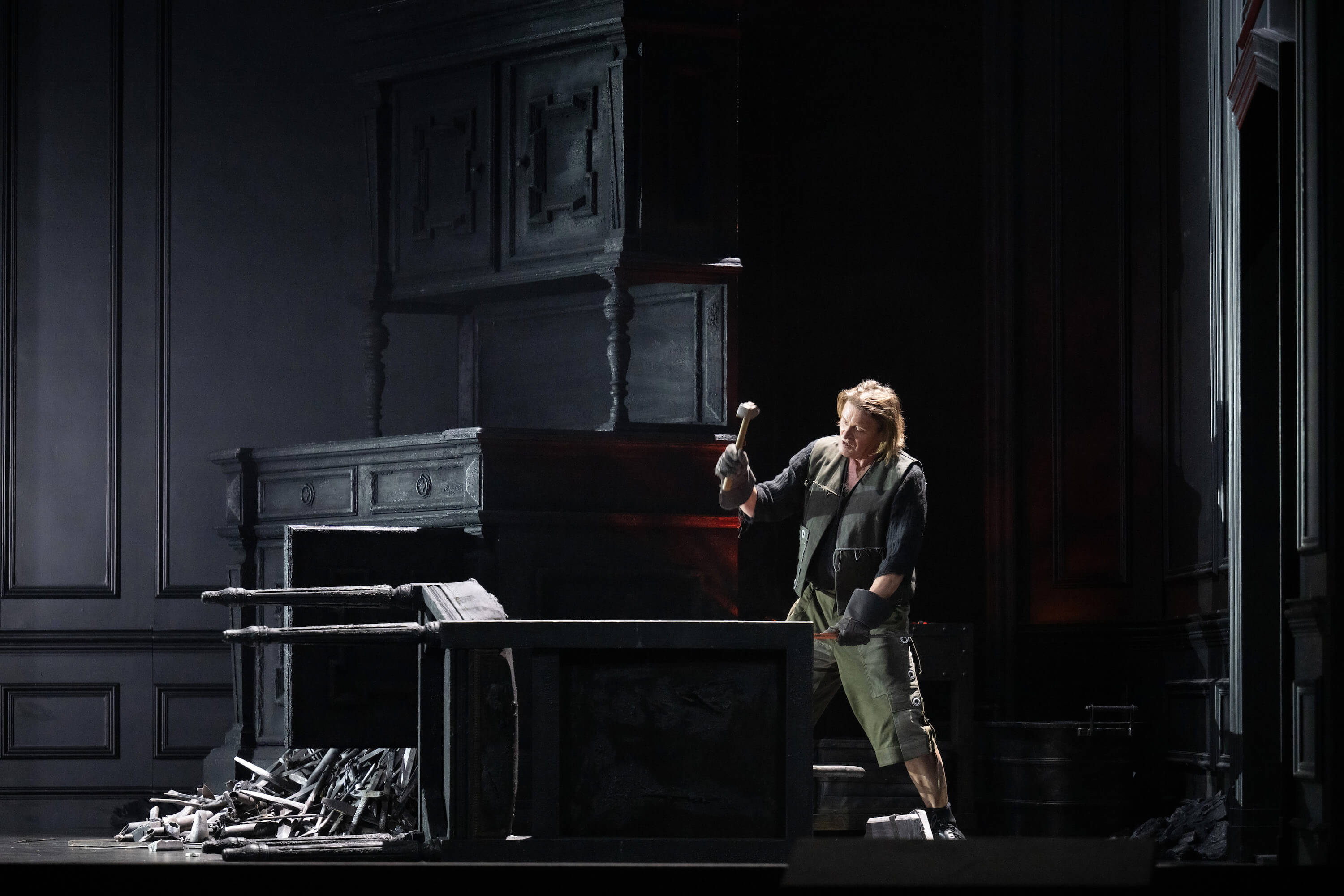
An instrumental choice
In order to describe scenes and characters with as much precision as possible, Wagner sometimes added instruments not typically found in a symphonic formation. Even before Tchaikovsky scored part of his 1812 Overture for actual cannons, Wagner called for 18 real anvils in Das Rheingold. (You can hear them in the haunting transition from Scene II to Scene III during the descent into the Nibelheim, a sort of underworld inhabited by dwarfs enslaved as blacksmiths.) But that’s not all! For Wagner, in order to depict the fortress of the gods known as Valhalla, none of the instruments of his time seemed to fit the bill exactly — so he went to Adolphe Sax, the creator of the saxophone, to commission a tuba-like horn/trombone hybrid known today as the Wagner tuba! The instrument was later used by other composers like Bruckner, but it made its first memorable appearance in the heavenly notes at the beginning of Das Rheingold’s Scene II.
Leitmotif: painting with music
Wagner did not literally paint by numbers, but he did something extraordinary with his musical palette. Although the association of ideas, characters, objects, places, and emotions with specific thematic material had been a fairly common practice since the Baroque era, Wagner took it to a new level with the leitmotif. Leitmotif (from the German Leitmotiv, "guiding motif") is a melody, harmony, rhythm, theme — or a combination thereof — whose recurrence helps to structure and narrate what's happening, whether explicitly or subtextually, on stage. For Wagner, this was not just one compositional strategy among many but, in fact, the main structural element in his music, with nearly 100 leitmotifs appearing, reappearing, transforming, and blending together throughout the Ring tetralogy from the very first note: the single low E-flat by the double basses that evokes not only the depths of the Rhine, but also the birth of the world and the act of creation itself. Hear how Siegfried’s stirring leitmotif is presented in Götterdämmerung, the last chapter of the saga, and learn more about the leitmotif in this video!


